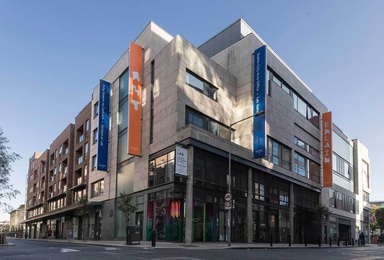Featured Exhibition
Pilot
An exhibition of new work by TU Dublin 4th Year Fine Art Students.
The LAB Gallery supports emerging art practices and delivers a year round programme of free events.
An exhibition of new work by TU Dublin 4th Year Fine Art Students.
Missy Brinkmeyer


